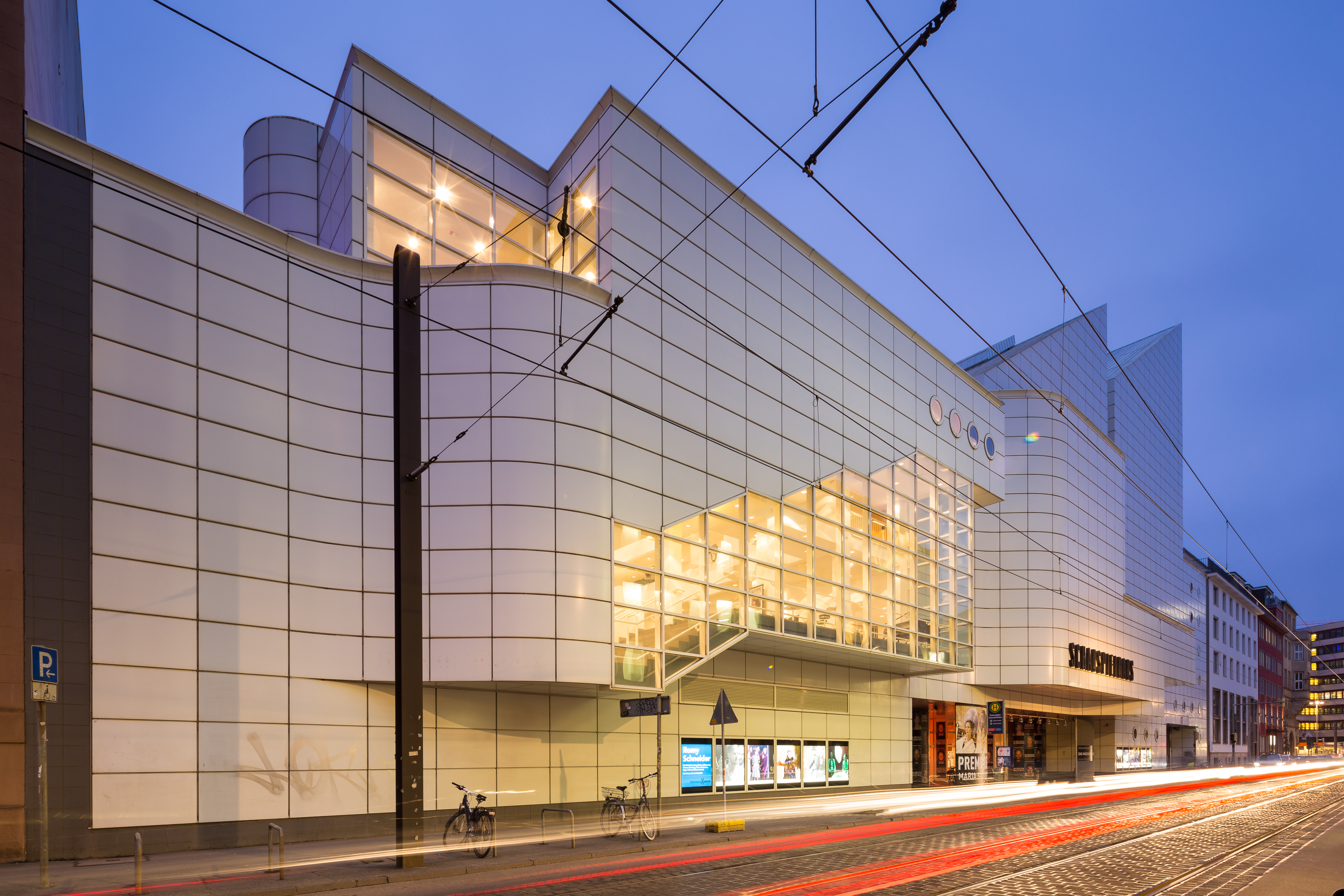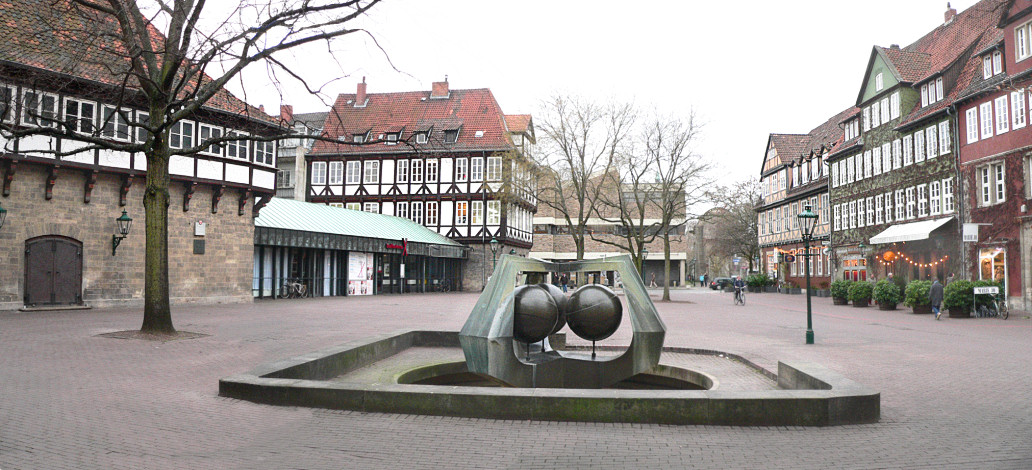Schauspiel Hannover on:
[Wikipedia]
[Google]
[Amazon]

 Hanover Drama (german: Schauspiel Hannover) is a
Hanover Drama (german: Schauspiel Hannover) is a
180 Panorama photo of the Schauspielhaus
* {{authority control Theatre companies in Germany

 Hanover Drama (german: Schauspiel Hannover) is a
Hanover Drama (german: Schauspiel Hannover) is a theatre
Theatre or theater is a collaborative form of performing art that uses live performers, usually actors or actresses, to present the experience of a real or imagined event before a live audience in a specific place, often a stage. The perform ...
company in Hanover
Hanover (; german: Hannover ; nds, Hannober) is the capital and largest city of the German state of Lower Saxony. Its 535,932 (2021) inhabitants make it the 13th-largest city in Germany as well as the fourth-largest city in Northern Germany ...
, the state capital of Lower Saxony
Lower Saxony (german: Niedersachsen ; nds, Neddersassen; stq, Läichsaksen) is a German state (') in northwestern Germany. It is the second-largest state by land area, with , and fourth-largest in population (8 million in 2021) among the 16 ...
, Germany. The company is resident at the Hanover Playhouse () situated approximately east of Hanover Opera House, and the situated approximately west-southwest of the opera house in the old town. Collectively these venues have five stages:
*large stage ()
*Cumberland stage ()
*Cumberland gallery ()
*Ballyard One ()
*Ballyard Two ()
Hanover Drama is part of the publicly-funded umbrella performing arts organisation Hanover State Theatre of Lower Saxony (), or simply Hanover State Theatre (). This organisation comprises the following divisions that put on opera
Opera is a form of theatre in which music is a fundamental component and dramatic roles are taken by singers. Such a "work" (the literal translation of the Italian word "opera") is typically a collaboration between a composer and a libr ...
s, stage productions, and concert programs, in addition to maintaining a theatre museum, with seasons running from September through to June.
)
, Hanover State Ballet ()
, Hanover State Symphony Orchestra ()
, Hanover Theatre Museum ()
Venues
Hanover Playhouse, the main venue, was built in 1992 close to themain railway station
Central stations or central railway stations emerged in the second half of the nineteenth century as railway stations that had initially been built on the edge of city centres were enveloped by urban expansion and became an integral part of the ...
, and is a complex that incorporates the parts of the that survived the aerial bombings of Hanover during World War II. Designed by the Swiss architect the large stage is situated on the second floor andseating 630 peopleis typically the location of the opening of a new season. Two smaller stages are located in adjacent buildings; the Cumberland gallery, a heritage-listed building with a large staircase, is used for events with up to 85 spectators, and the Cumberland stage, a former rehearsal stage, for events with up to 198 spectators.
The complex also houses Hanover Theatre Museum, which presents temporary exhibitions and documentation of the history of the theatre.
Since the turn of the millennia, Ballyard One and Ballyard Two, which were the main stages for plays in the city for a long time, are used for youth theatre and opera.
General references
* * * * * * *References
External links
*180 Panorama photo of the Schauspielhaus
* {{authority control Theatre companies in Germany